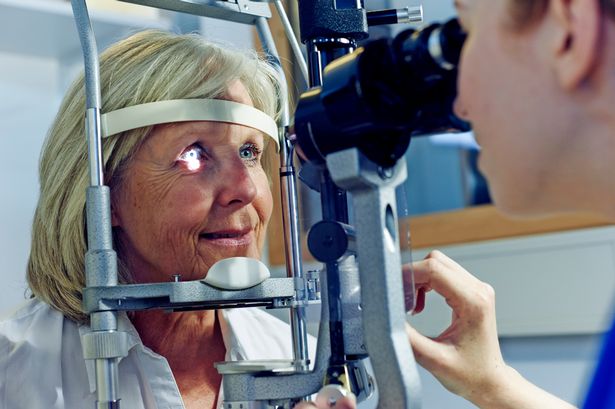Official statistics reveal a significant shift in smoking habits among British teenagers, with vaping now more popular than traditional cigarette smoking. In 2023, approximately 10% of individuals aged 16 and over reported using e-cigarettes regularly, compared to 9% who still smoked cigarettes. This marks a notable change in the landscape of youth nicotine consumption in the United Kingdom.
The latest data from the Office for National Statistics indicates a steady increase in vaping among young people, reflecting a broader trend of declining cigarette use. The figures highlight a growing acceptance of vaping as an alternative to smoking, particularly among teenagers, who are increasingly turning to e-cigarettes for their perceived safety and variety of flavors.
Vaping has gained traction due to several factors, including the rise of social media and marketing strategies that appeal to younger audiences. E-cigarettes are often marketed as a less harmful option compared to traditional tobacco products. The increasing availability of flavored e-liquids has also contributed to their popularity.
As vaping continues to gain popularity, health experts are expressing caution. Despite being considered less harmful than smoking, e-cigarettes are not without risks. Public health officials emphasize the importance of education about the potential dangers of vaping, particularly for young users.
The trend of declining cigarette use among youth is encouraging, yet the rise of vaping raises new questions regarding regulation and health implications. As vaping becomes more entrenched in youth culture, it is crucial for policymakers to consider comprehensive strategies to address the health impacts of both smoking and vaping.
In summary, the data from the Office for National Statistics suggests a clear shift in the preferences of British teenagers. With 10% of those over 16 now regularly using e-cigarettes, the popularity of vaping has surpassed that of traditional cigarettes for the first time in the UK. This evolving landscape indicates the need for ongoing monitoring and public health strategies to ensure the well-being of young people in the face of changing nicotine consumption patterns.







